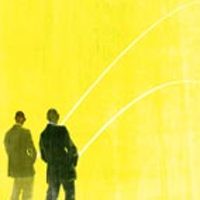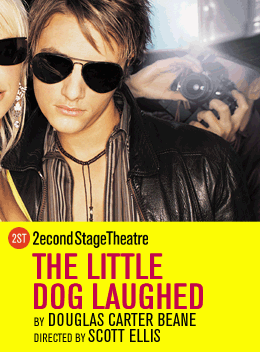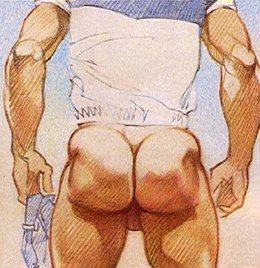Ahmed’s Story
Ali Hili
May 5, 2006
Ali Hili, of OutRage! and Iraqi LGBT UK, was told about the execution of Ahmed Khalil by gay friends in Baghdad. They knew Ahmed and his family, and have collected eye-witness accounts from Ahmed’s neighbours, which they have relayed to Mr Hili in London.
This is Mr Hili's story about the execution of Ahmed, based on firsthand accounts given by eye-witnesses and neighbours
Ahmed Khalil was a likeable, playful 14 year old boy, born in the southern Iraqi town of al-Ammara.
The eldest child, he came from an uneducated family who lived in great poverty.
After the 2003 US-led invasion, the Iraqi economy collapsed, causing widespread unemployment and the disintegration of social services.
With no income or welfare support in al-Ammara, Ahmed’s family moved to Baghdad a couple of years ago, after the fall of Sadaam Hussein.
His father wanted to find a job to support his wife, two sons and daughter. The family settled in al-Dura, a very poor southern district of Baghdad.
Ahmed’s father worked as a night watchman on a building site for the pitiful wage of 10 dollars a month, plus permission for him and his family to live on the site until the construction of the new houses was completed. They lived in the shell of the unfinished buildings. It was a life of desolation and destitution.
Ahmed was often bullied by the neighbourhood boys for being poor. He had no one to protect him.
It is unclear whether Ahmed was gay or not. He had sex with men, often in exchange for small amounts of money and food. He did this in order to help his family financially. Sometimes they were so desperate, he had sex for a few potatoes or some bread.
Ahmed’s 'gay’ reputation spread all over his neighbourhood, causing great scandal. His behaviour was reported to the police by informants in the community.
In early April 2006, Ahmed was found dead on the doorstep of his house. He had been shot, with two bullets in the head and several bullets in the rest of his body.
According to a neighbour, who saw Ahmed’s execution from his bedroom window, four uniformed police officers arrived at Ahmed's house in a four-wheel-drive police pick-up truck. The neighbour saw the police drag Ahmed out of the house and shoot him at point-blank range.
Several other neighbours confirm this account, although they did not see the actual shooting. They say they heard gunshots and saw the police leaving the scene. They then found Ahmed’s body lying on the ground outside his house. It is believed by these neighbours that Ahmed was executed by the police.
Two days before Ahmed’s execution, his father was arrested and interrogated by the police. They demanded to know what he knew about Ahmed’s sexual activities and blamed Ahmed for corrupting the community. Officers eventually released Ahmed’s father. His son was killed soon afterwards.
Both Ahmed's mother and father wept over their sons’ brutal killing. Even though homosexuality is taboo, they did not agree he deserved to die. The family see him as a victim of poverty and police murder.
Because they are so poor, the family could not afford a funeral for their son.
The day after Ahmed was murdered, his family moved out of the area, fearing police retribution and denunciation within the local community. The family’s whereabouts and fate is unknown.
Ahmed is one of many hundreds of teenage boys and girls in Iraq who sell their bodies to survive and support their impoverished families.
Via www.uruknet.info










